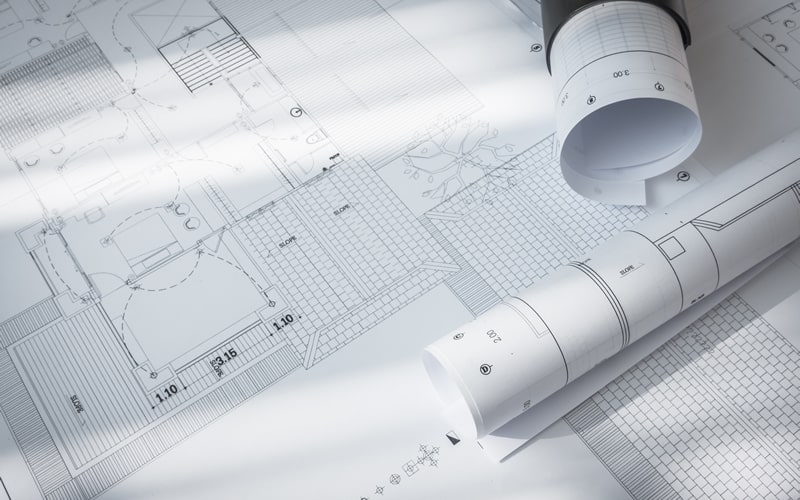
The concept of highest and best use is seen as a basic and integral part of market value appreciation. It is defined as the determination of the most probable use of an immovable property, which is physically possible, financially feasible, permitted by law, and brings the property to its highest value. The use that is not permitted by law and is not physically possible cannot be considered as the best use with high efficiency. This method allows appraisal in many areas, such as the effects of attrition and obsolescence in buildings, optimal improvement (reclamation) and renovation of land, and the granting of optimal zoning rights to parcels in zoning practice. In markets where there is a serious imbalance between supply and demand, or where there is an excessive fluctuation, the most highest and best use of property may be a right that can be used in future years.
Highest and best (good) usage analysis is the driving force of the real estate market. If a property has no potential use value, it cannot have market value either. The value of the property increases depending on the terms of use or alternatives. There is a strong relationship between the most highest and best use of a property and the land value28. Highest and best use analysis is often used by appraisers in the decision process for the demolition of old structures and the construction of new construction and the renovation of existing structures. In this way, the analysis of whether the new structure, which is allowed according to the zoning plan instead of the old structures and will be made instead of the old one, will produce a higher value is determined. In many countries, given that the market trend is aimed at the search for new buildings, when comparing the alternatives of applying a renovation project to an existing structure on land or demolishing and rebuilding, whichever of two or more alternatives makes the maximum value of the real estate, this alternative is selected. However, since the demolition of structures with conservation status cannot be in question, the highest and best use analysis of the conservation and use alternatives that can be applied in such structures is made and the most appropriate protection application is decided. Similarly, the work of deciding what the form and density of use should be in order for the land to be of maximum benefit to the owner or user is done with this analysis. From this point of view, it is natural that historical structures have a lower market value than empty and reassessable parcels. There are two reasons why empty zoning and cadastral plots have a relatively high value. These considerations can be listed as follows: (i) having a potential size that can be developed or the possibility of relocating mojavir parcels, and (ii) having superior physical conditions and a floor plan of the new building to be built are economic and other advantages.



